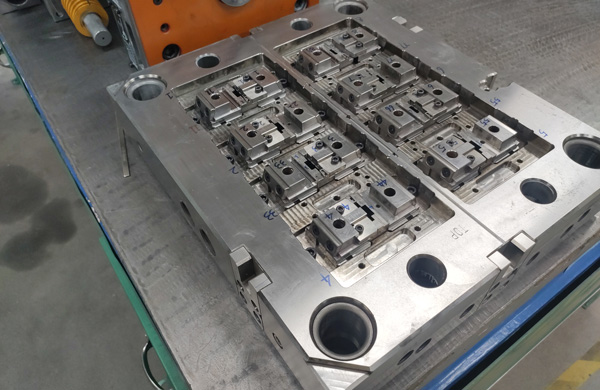In the field of injection molding, residual stress, the sum of internal stresses that remain unrelaxed after a product is ejected from the mold, is a key factor affecting product quality. It not only leads to surface warpage and deformation, thereby impacting the product's shape accuracy and dimensional stability, but also may induce a series of other defects, shortening the plastic product's service life and reducing its performance and economic value. Therefore, delving into the causes of residual stress and its prevention and control strategies is crucial for improving the overall quality of injection molded products.
Main Causes of Residual Stress
To effectively avoid the generation of residual stress, it is essential to identify its sources. The residual stress in injection molded products primarily stems from two aspects: orientation-induced residual stress and shrinkage-induced residual stress. During the injection molding process, factors such as the melt injection temperature, mold cavity temperature, melt filling time and speed, holding pressure, and runner design all significantly influence the flow stress, which in turn affects the final product's internal stress state.
Countermeasures: A Two-Pronged Approach Involving Mold Design and Molding Process

I. Optimization of Plastic Injection Molds
Runner Design: Ensure a balanced and reasonably sized runner design to promote uniform melt flow.
Cooling System Layout: Optimize the mold cooling system design to ensure uniform cooling rates across the plastic product's surface, reducing stress concentrations caused by uneven cooling.
Mold Cavity Thickness Control: Maintain uniform mold cavity thickness to avoid stress distribution irregularities due to thickness fluctuations.
Gate Design and Positioning: Improve gate design and positioning to shorten the flow path and ensure uniform pressure transmission.
Avoiding Sharp Corners: Avoid sharp corners in mold design to reduce stress concentration points and lower residual stress levels.
II. Fine Adjustment of Molding Processes
Injection Speed and Pressure: Increase injection speed and pressure, and adopt a staged injection strategy to effectively reduce deformation caused by residual stress.
Mold Temperature Adjustment: Adjust the mold temperature to an optimal range to balance the melt cooling rate and solidification process, reducing internal stress generation.
Melt Temperature Control: Appropriately increase the melt temperature to improve melt flowability and reduce stress accumulation during filling.
Holding Parameter Optimization: During injection molding, reasonably reduce the holding pressure and time to avoid stress concentrations caused by excessive holding.